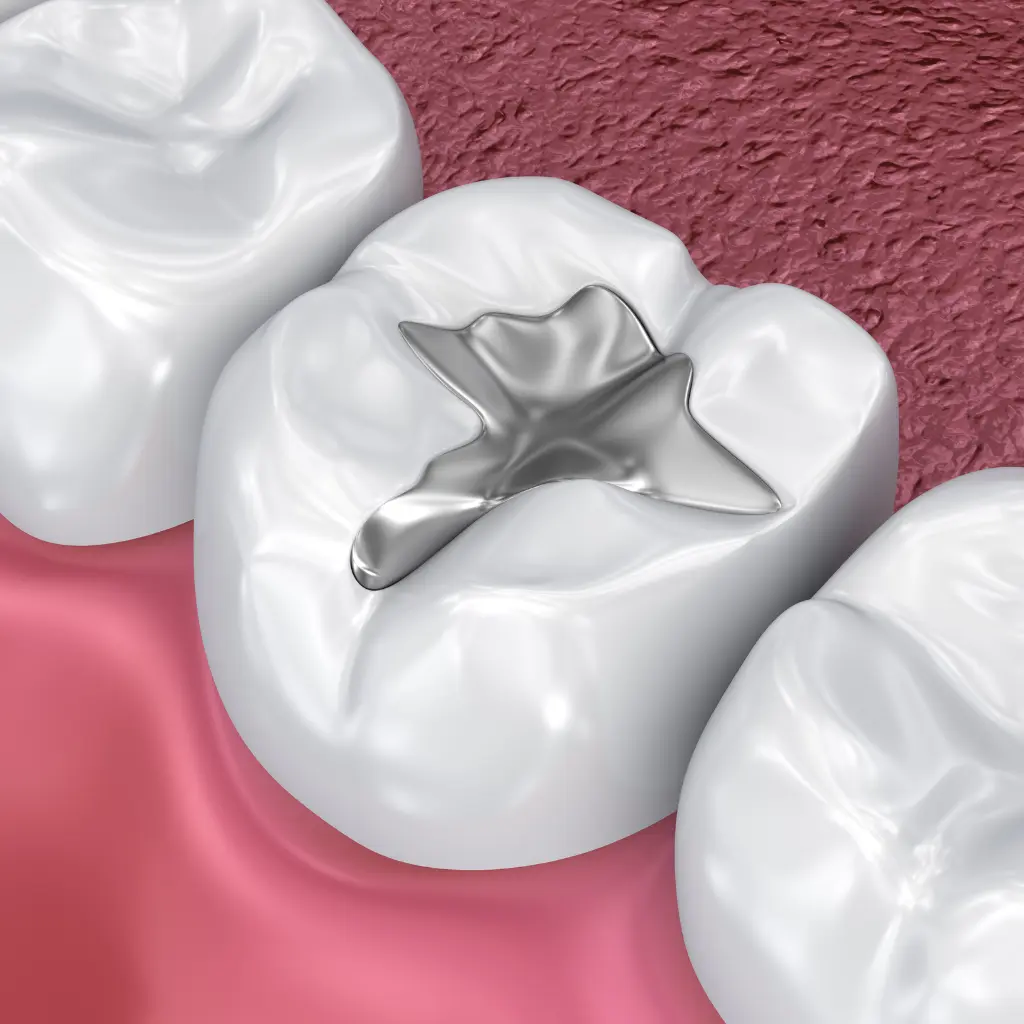Dental Fillings for Kids: Types, Procedure, and Aftercare
Reviewed by Dr. Kalpesh Patel 5 min Read

Cavities are common in children, but with the help of pediatric dentistry, dental fillings provide an effective solution. Dental fillings restore decayed teeth and protect them from further damage, keeping your child’s teeth healthy and strong. In this blog, we’ll cover why children need dental fillings, the types available, and what to expect during and after the procedure.
Why Dental Fillings Are Important in Children’s Dentistry
Children often develop cavities due to their diet, oral hygiene habits, or even genetics. If left untreated, cavities can worsen and lead to more serious dental issues. Dental fillings not only restore the damaged part of the tooth but also prevent further decay. Early treatment in pediatric dentistry helps preserve your child’s teeth and prevents discomfort or infections.
Types of Dental Fillings for Kids
In pediatric dentistry, various types of dental fillings are available, tailored to meet your child’s specific needs and the cavity’s location. Here’s an overview of the most frequently used options:
Composite Fillings
Composite fillings are designed to match the color of your child’s natural teeth, making them an excellent choice for visible areas, such as the front teeth. Parents often prefer these fillings for their aesthetic appeal, as they blend in seamlessly with the tooth surface. Not only do composite fillings look natural, but they are also durable, providing effective protection against further decay while maintaining your child’s beautiful smile.
Amalgam Fillings
Amalgam fillings, or silver fillings, are typically used for back teeth where more chewing pressure occurs. While they don’t match the tooth color, they are extremely durable and long-lasting, making them ideal for molars and areas not visible when your child smiles.
Glass Ionomer Fillings
Glass ionomer fillings are often chosen for treating cavities in baby teeth or small dental issues. One of their key benefits is the release of fluoride, which offers added protection against future decay. While they may not be as durable as composite or amalgam fillings, glass ionomer fillings are a suitable option for baby teeth, which will eventually be replaced by permanent ones.
What Happens During a Dental Filling Procedure?
Dental filling procedures for children are quick and pain-free thanks to advancements in pediatric dentistry. Here’s what you can expect:
Numbing the Tooth: The dentist will use a numbing gel or local anesthetic to ensure your child feels no discomfort.
Removing the Decay: The decayed part of the tooth is removed using special dental tools.
Placing the Filling: After the decay is cleared, the dentist fills the tooth with the chosen material, sealing it from further damage.
Shaping and Polishing: The dentist will shape the filling to fit perfectly in your child’s mouth, ensuring it’s comfortable and functions well.
Aftercare for Dental Fillings
After your child receives a dental filling, it’s important to practice good oral hygiene to prevent future cavities. Here are a few tips to maintain your child’s dental health:
Brushing: Make sure your child brushes twice daily with fluoride toothpaste.
Flossing: Help your child floss regularly to clean between teeth.
Healthy Diet: Reduce sugary snacks and drinks that contribute to tooth decay.
Routine Dental Visits: Regular check-ups allow your dentist to monitor your child’s teeth and catch any potential issues
Child's Smile Stays Bright with Pediatric Dentistry at Active Dental FM
At Active Dental FM, we focus on giving the best pediatric dentistry in Flower Mound, TX. Whether your child requires dental fillings or just a routine check-up, our team is dedicated to keeping their smile healthy and shining. With skilled care and an emphasis on prevention, we aim to keep your child’s teeth strong and cavity-free. Reach out to us today to book an appointment and safeguard your child’s smile.
Contact Information
Monday Closed
Tue, Wed, Thu : 9.00 AM - 6.00 PM
Fri, Sat : 9:00am-2:00pm (Alternates Saturday)
Services
© 2025 Active Dental Flower Mound. All Rights Reserved. | Sitemap | Privacy Policy

